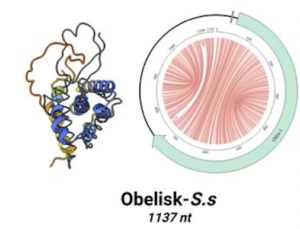The New York City health commissioner may have grabbed the bigger headlines this month with a proposal to make 21 the legal age for purchasing tobacco, but researchers at the Centers for Disease Control and Prevention had an even more far-reaching if less widely reported suggestion: ban smoking in all public housing projects.
The CDC report suggested that smoking bans in all federally subsidized housing would cut $521 million per year from our collective healthcare expenditures, mostly by eliminating second-hand smoke exposure among young children and elderly people.
“Secondhand smoke enters nearby apartments from common areas and apartments where smoking is occurring,” noted Brian King, an epidemiologist with CDC’s Office on Smoking and Health, who is lead author of the new report. “Opening windows and installing ventilation systems will not fully eliminate exposure to secondhand smoke. Implementing smoke-free policies in all areas is the most effective way to fully protect all residents, visitors, and employees from the harmful effects of secondhand smoke.”
A study published earlier this year in the journal, Nicotine and Tobacco Research, indicated that nearly 63 million of the 79 million people who live in multi-family housing projects do not allow smoking in their homes, yet 28 million of them say smoke from neighboring households enters their homes.
According to the CDC report, a large proportion of the estimated 7 million Americans living in subsidized housing are children, elders, or people with disabilities–the people who are most vulnerable to the negative impacts of second-hand smoke exposure, and the ones least able to avoid or escape it.
In January, the American Lung Association, American Academy of Pediatrics and 17 other medical and public health organizations requested that US Department of Housing and Urban Development (HUD) adopt a smoke-free policy covering all multi-family housing under its control. HUD has urged public housing authorities as well managers of multi-family housing rental assistance programs to prohibit smoking in their properties. To date, however, only a small percentage of public housing authorities have done so.
Beyond the usual “Nanny State” charges, any move to implement smoking bans in public housing will likely evoke outcries of classism, as well, since such a policy would be targeted toward poor people.That’s assuming that such a ban would be enforceable–a questionable assumption at best.
END







